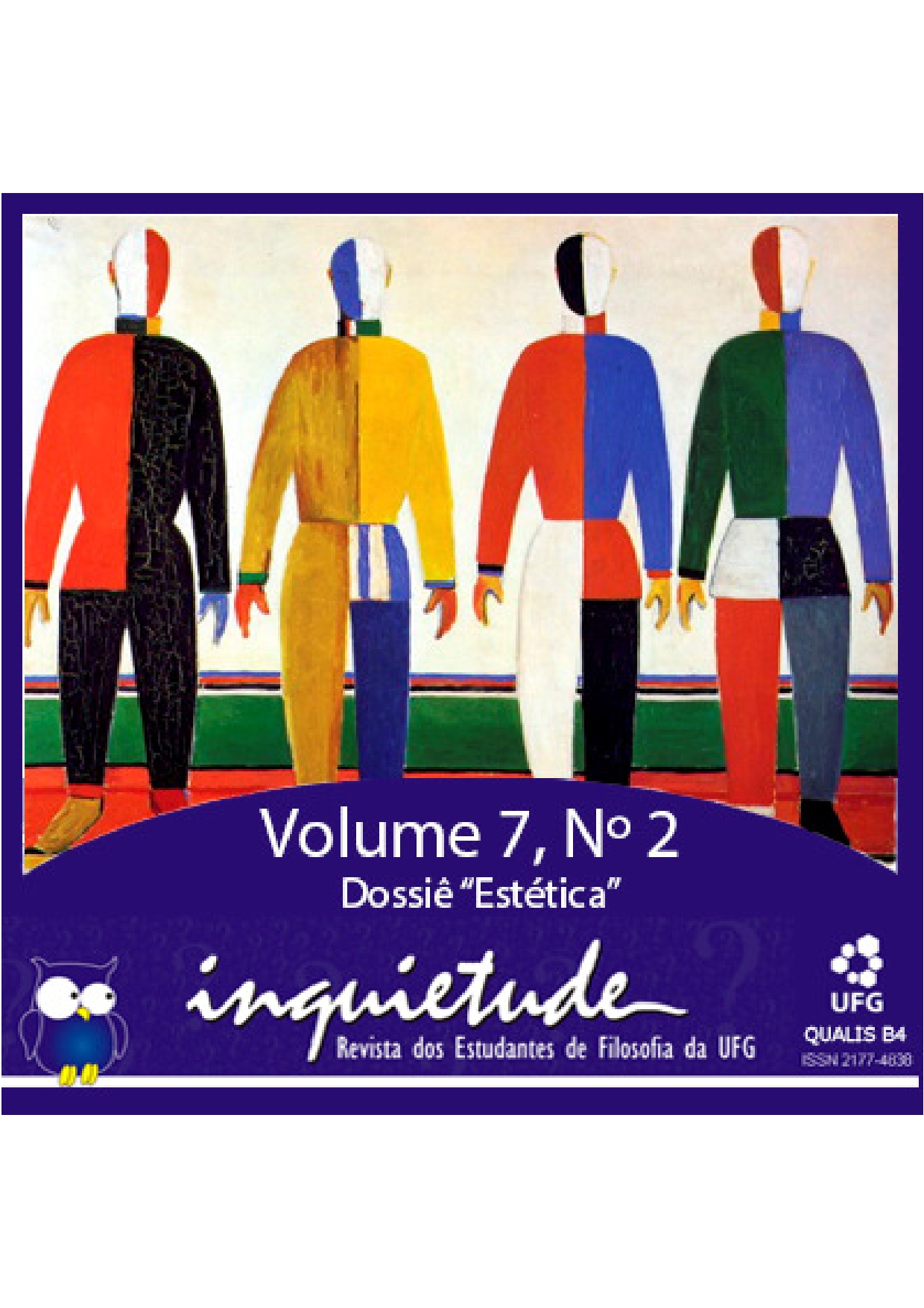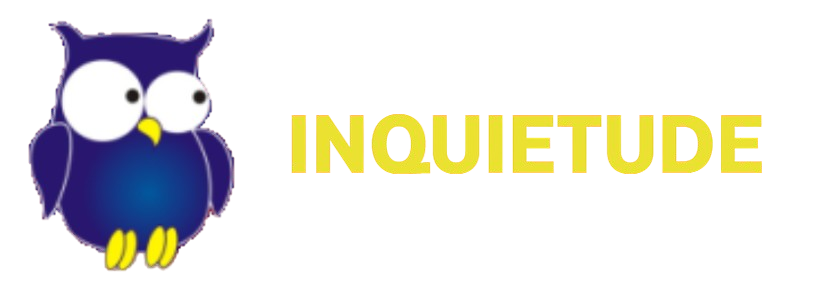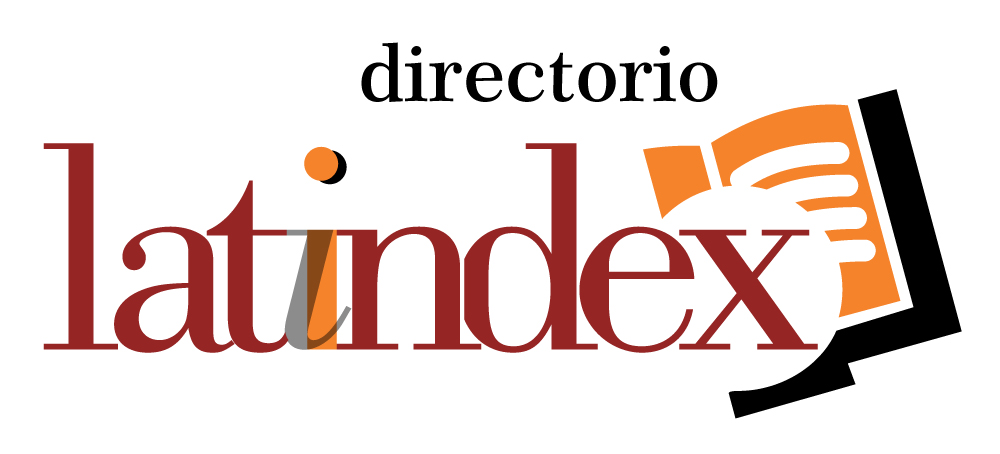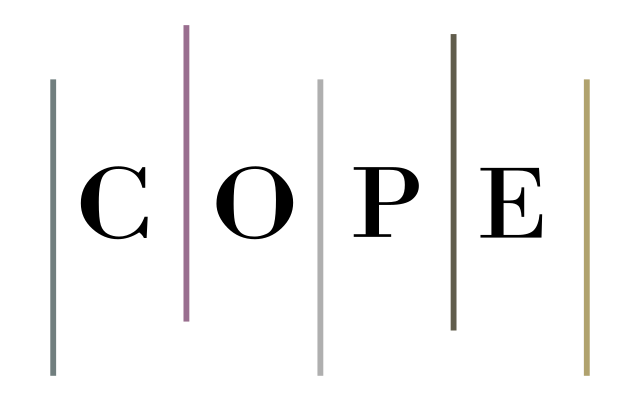Vol. 7 No. 2 (2016): Dossier "Aesthetic"

The articles that make up the Aesthetic Dossier in this edition of Inquietude come from the I International Colloquium of Aesthetics of FaFil/UFG, whose theme "Confluent Aesthetic Traditions" aimed to bring together different trends of philosophical and aesthetic thought.
The presentation of papers reached themes and authors from various periods in the history of philosophy: from Plato to H. P. Lovecraft, Kant, German Romanticism, Hegel, Nietzsche, Edith Stein, Merleau-Ponty, Heidegger, Bataille, Marx, Benjamin, Danto and feminist aesthetic theories. The discussion fostered at the tables and conferences formed a common and diverse interest, in order to present Aesthetics and Philosophy of Art as a kind of cornucopia that at the same time sinks and expands with abundance philosophical knowledge.
We rarely see philosophers not to interfere in the area of Aesthetics, which, at certain moments in the history of philosophy, maintained relevance equal to that of philosophy itself. From the latter, sometimes distanced, when one has in view only a notoriously universal and objective relation with knowledge, Aesthetics began to serve as a basis and consultation of all knowledge that thought the form and its reception, in psychological and artistic terms, gaining contours of interdisciplinarity. Never abandoned, however, its original character that made it a vehicle of relations between epistemology and ethics, between knowing and morally acting, between reflection and political action, between criticism and art, between being and appearing. The articles published in this Dossier have the merit of reflecting some of these dimensions.
In the article by Fernando Ferreira da Silva, the reader finds the relation between aesthetic judgment and art criticism, using as reference the concept of "romantic irony" as a procedure marked by the proximity between philosophy and poetry (or literature), whose task is destructive and critical of the traditional art form. This interpretation leans towards Walter Benjamin’s dissertation about the concept of art criticism in German romanticism.
In The limits of criticism as a setting of the pluralism and the multiculturalism of post-historical art, Charliston Pablo do Nascimento explores the limits of art criticism in the liberating activity of traditional artistic conditioning. Arthur Danto’s theory about the mediating role of art criticism in a historical moment where "everything can be art", without pre-determined standards, is problematized by the author who opposes the thesis of the analytic philosopher Noël Carrol about another possible definition of art criticism in Danto’s theory, considering impasses on the relationship between art and market.
On market, fashion and culture is Rodrigo Araújo's article, whose foundation requires the knowledge of some concepts inherited from Marx by Walter Benjamin, among which commodity fetishism and phantasmagoria. In order to reconstruct the basis of this discussion, the author uses Benjamin's modernity theory, marked by Baudelaire's poetry and theory and the city of Paris.
We go back to the article by Eder David de Freitas Melo [translated into English by Caius Brandão] in order to recognize the relation between epistemology and aesthetics through the agonistic notion of tragedy as a central focus for philosophy. Nietzsche and the extreme notions of hybris and prudence guide the author’s analysis that assumes an intrinsic relationship between the sense of tragedy, the will to power and the search for truth in philosophy.
Finally, the translation about Gaston Bachelard [made by Gabriel Kafure da Rocha] contains an abundance of themes and relations explored in the articles published today, as well as the discussion that preceded them and circumscribed the speech of the participants who, for different reasons, were not able to send their contributions to the journal.
Certain that new discussions will be aroused by the reading of this Dossier, I recommend to the reader an equal spirit and willingness to read its sources, already guided by the authors' interpretation in the published articles and an infinite literature on reference texts, which will remain at the same time dense and permeable to thought.
Carla Milani Damião
Professor of the Faculty of Philosophy at UFG








